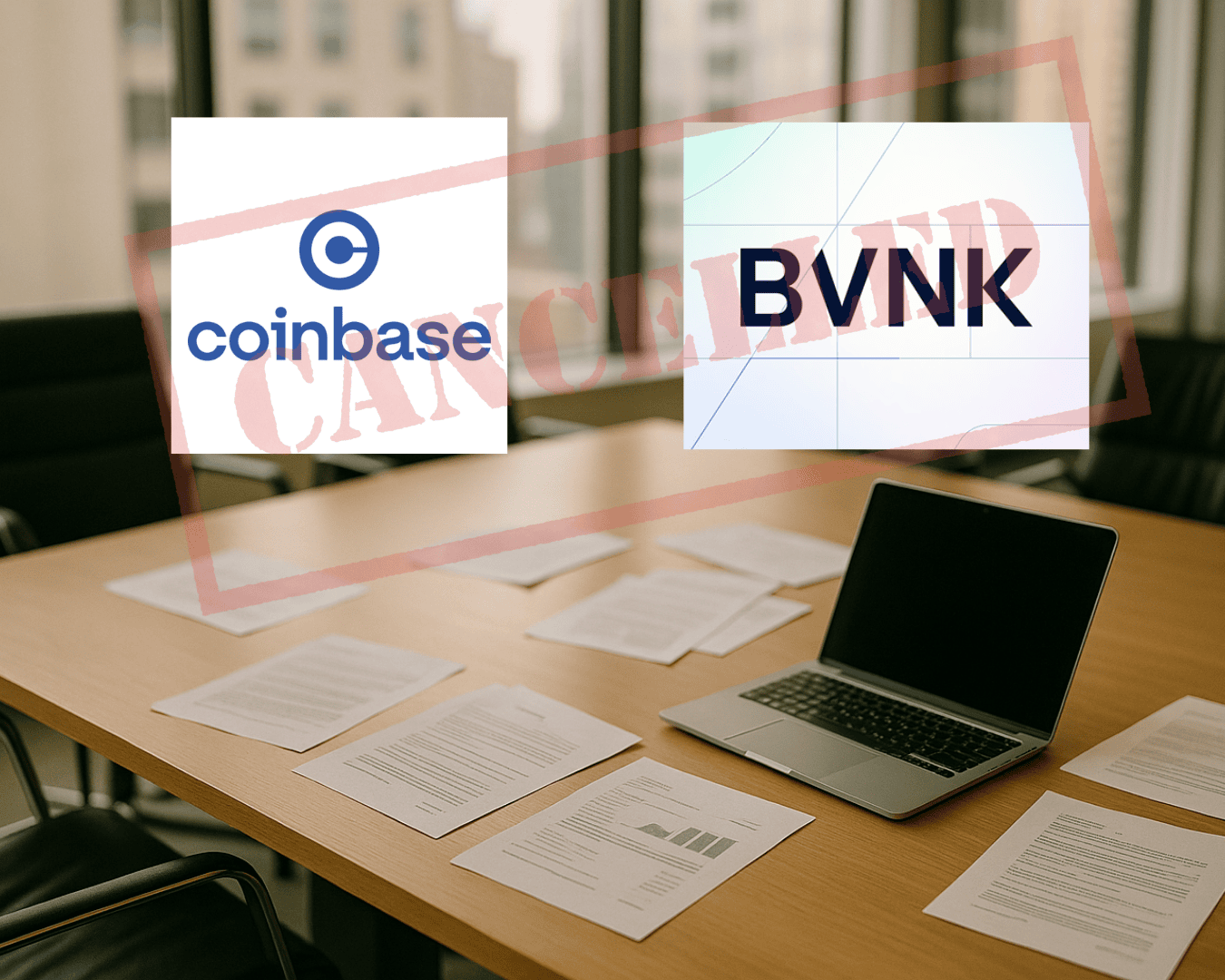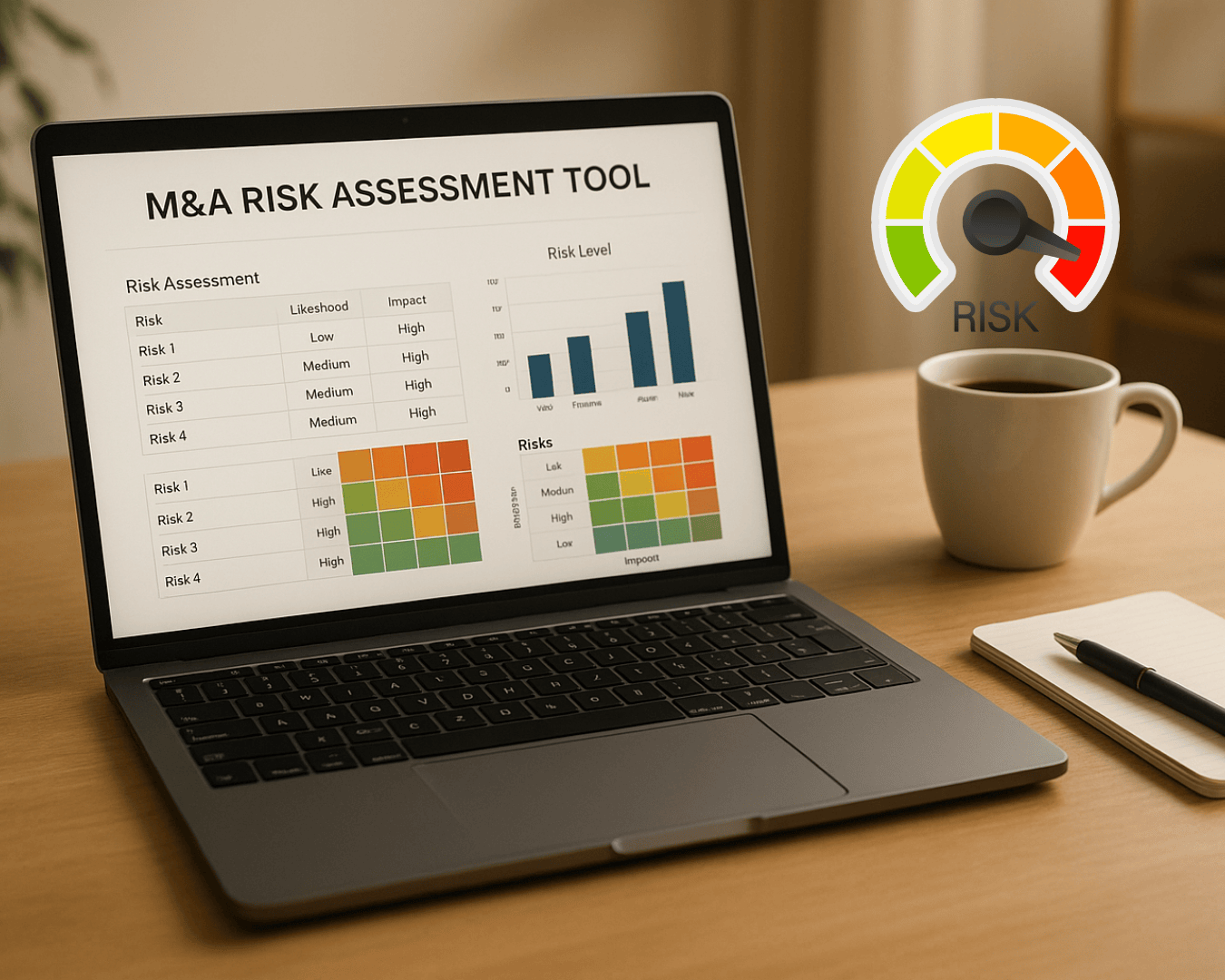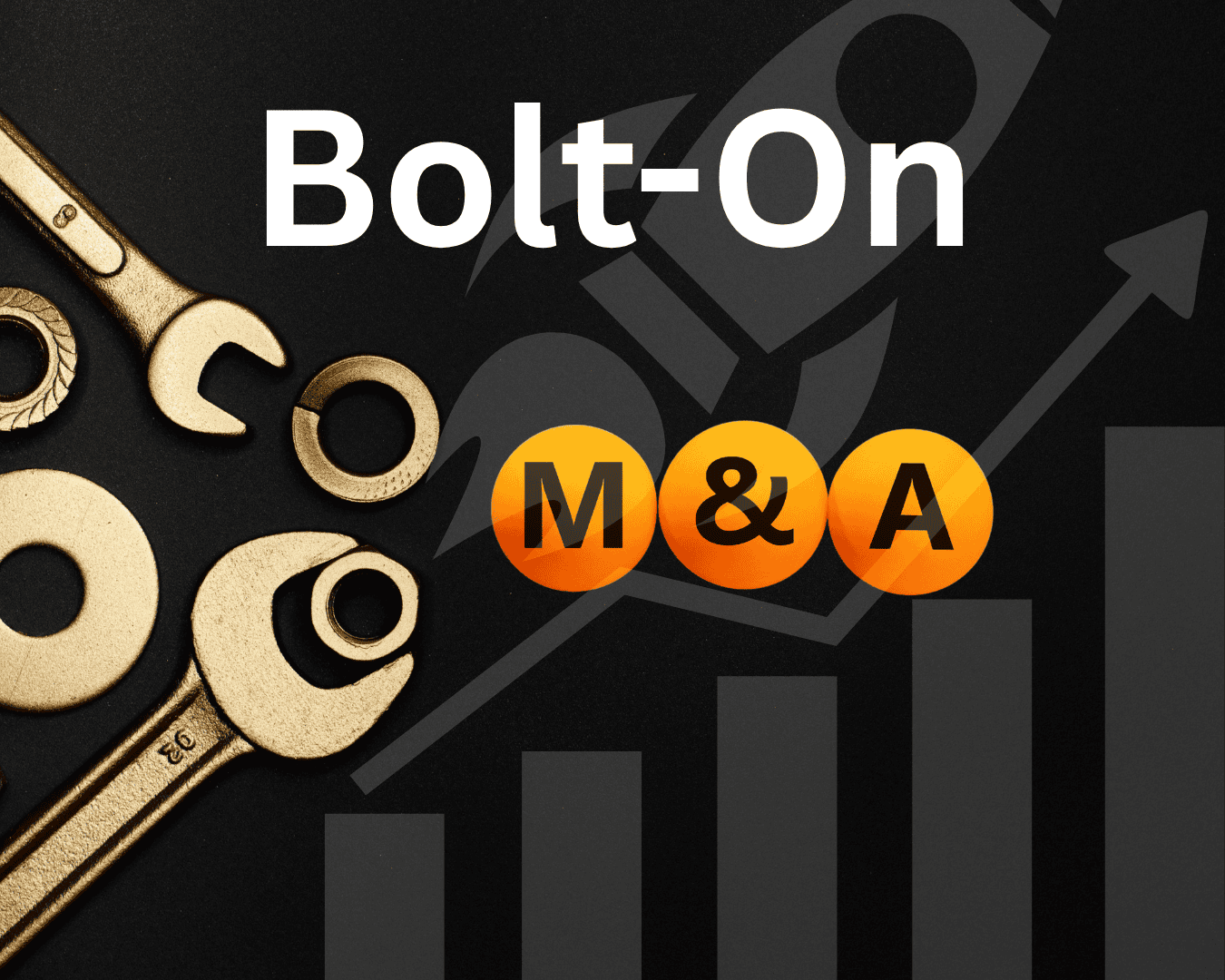The Working Capital Loan Trap: What Borrowers Overlook Until It’s Too Late
Working capital loans can solve short-term cash flow problems, but rushing into them without understanding the terms can lead to financial trouble. Hidden fees, confusing interest rates, rigid repayment schedules, and collateral risks are common pitfalls borrowers often miss. Here's what you need to know:
- Hidden Fees: Origination fees (1%-5%) and prepayment penalties can increase costs.
- Interest Rate Confusion: Factor rates can result in APRs exceeding 100%, even up to 350%.
- Repayment Challenges: Daily or weekly payments may not align with cash flow, especially for seasonal businesses.
- Collateral Risks: Personal assets or business equipment could be at risk if you default.
- Lender Tactics: Some lenders use unclear terms, mandatory arbitration, or restrictive covenants to limit borrower flexibility.
Avoid these traps by:
- Comparing APRs across multiple offers.
- Reviewing all loan terms carefully, including fees and repayment schedules.
- Testing repayment scenarios against your cash flow.
- Using tools like Clearly Acquired for detailed loan analysis.
Smart borrowing requires a clear understanding of loan terms and careful planning to ensure the loan supports your business goals without creating new financial risks.
Working Capital Loans Explained – Fast Funding for Business Growth | Funding Foundations Series
What Borrowers Miss That Costs Them Later
When it comes to loan agreements, the fine print often hides potential pitfalls that can lead to significant financial strain down the road. Rushing into funding decisions without fully understanding the terms can leave businesses grappling with unexpected costs that disrupt operations.
Hidden Fees and Confusing Interest Rates
One of the most commonly overlooked aspects of loans is the presence of hidden fees, such as origination fees. These typically range from 1% to 5% of the loan amount. For example, on a $100,000 loan, you could lose $1,000 to $5,000 right off the bat, reducing the actual funds available for your business. Many borrowers focus solely on the interest rate, neglecting these upfront costs.
Another area of confusion lies in the difference between factor rates and traditional interest rates. While interest rates compound over time on the remaining balance, factor rates - ranging from 1.1 to 1.5 - are applied to the entire original loan amount. For instance, a factor rate of 1.3 on a $50,000 loan means you’ll repay a total of $65,000.
"A factor rate is a fixed multiplier used by lenders to calculate the total repayment amount for a loan. Unlike an interest rate, which is applied to a remaining balance, the factor rate is applied to the original financing amount."
When converted to an APR, loans with factor rates - such as merchant cash advances - can result in APRs as high as 350%. Even working capital loans can exceed 100% APR. Additionally, Truth in Lending Act (TRID) violations requiring fee corrections have been identified in about 35% of loans.
Prepayment penalties are another common issue. Jared Weitz, CEO of United Capital Source, warns:
"When a loan is paid prior to the repayment period, there is the chance the lender will charge a … fee. Read through all loan documentation prior to signing to understand whether this fee would be applied in the event you wish to pay off the loan prior to the scheduled completion date."
To avoid these costly surprises, compare APRs instead of just interest rates, ask for a complete fee breakdown in writing, and carefully review the Truth in Lending Disclosure (TIL) for a clear picture of the loan’s total cost. Be wary of lenders who pressure you into signing quickly, especially if the APR seems disproportionally higher than the advertised interest rate.
Beyond fees, the structure of repayment schedules can also create challenges for businesses.
Rigid Payment Schedules That Hurt Cash Flow
Frequent repayment schedules - daily or weekly - can clash with a business’s revenue cycles, leading to overdraft fees and cash flow disruptions when payments are automatically deducted from accounts. This is particularly problematic for seasonal businesses that experience uneven income throughout the year.
Some loans also feature a "balloon" payment structure, where initial payments are low, but a large, final payment is due at the end of the term. If not planned for, this can create significant financial strain at an already critical moment.
Collateral Requirements That Put Assets at Risk
Collateral clauses add another layer of complexity to securing funding. Borrowers may be required to pledge equipment or provide personal guarantees, putting essential assets at risk. If the value of the collateral declines, you could end up owing more than the asset is worth, limiting your future financing options .
In accounts receivable financing, pledging future customer payments can hand control of your cash flow over to the lender. Additionally, the ongoing costs of maintaining and insuring collateral can increase your operational expenses.
Understanding these potential challenges is key to making informed decisions and protecting your business from unnecessary financial strain. By carefully reviewing loan terms and asking the right questions, borrowers can avoid many of the traps hidden in the fine print.
How Lenders Create Borrower Traps
When you're focused on securing funding, it’s easy to overlook the fine print. Unfortunately, some lenders take advantage of this by embedding terms that can work against you later. By understanding these tactics, you can better protect yourself from falling into a financial trap.
Lender Practices That Limit Borrower Options
Lenders often use strategies that make it harder for borrowers to fully understand the terms or maintain control over their finances. Here are some common tactics:
- Inadequate disclosure: Loan agreements are often packed with dense legal language, making it tough to pinpoint the true costs of borrowing.
- Risk-based pricing: Lenders may label borrowers as high-risk, even when it’s not fully justified, allowing them to charge inflated interest rates.
- Loan packing: Optional extras, like insurance or other add-ons, are bundled into the loan, unnecessarily increasing the overall cost.
- Debt covenants: These conditions can restrict how you run your business. For instance, a leverage ratio covenant might limit your debt-to-equity ratio to no more than 3:1, or an interest coverage covenant might require earnings to be at least twice your interest payments. Such terms can make it harder to secure additional funding.
"The point of debt covenants is to protect lenders from excessive financial loss."
- Jay Hutto, James Moore & Co.
- Mandatory arbitration clauses: These waive your right to sue, forcing disputes into arbitration - a process that often favors the lender.
These methods highlight how lenders can stack the deck against borrowers. But the risks don’t stop there; they vary depending on the type of lender you choose.
Banks vs. Online Lenders vs. Cash Advance Companies
Different types of lenders come with their own set of risks and benefits. Here’s a quick breakdown:
| Lender Type | Typical APR Range | Key Advantages | Major Risks |
|---|---|---|---|
| Traditional Banks | 6% – 25% | Lower rates; regulatory safeguards; long-term relationships | Strict requirements; slow approval; extensive paperwork |
| Online Lenders | 6% – 99% | Quick approval; minimal paperwork; easier qualification | Higher rates; personal guarantees; less oversight |
| Cash Advance Companies | 200%+ | Fast funding; low credit requirements | Extremely high costs; frequent payments; limited legal protections |
Traditional banks are known for offering lower interest rates and stronger regulatory protections. However, their stringent requirements and lengthy approval processes can make them less practical if you need funds quickly.
Online lenders have emerged as an alternative, offering faster approvals with fewer hurdles to jump through. But convenience comes at a price. APRs can range from 6% to a staggering 99%, and many online lenders require personal guarantees, putting your personal assets at risk if you default.
"Some people say you shouldn't have a credit card, but it's not the credit card. It's how you use the credit card. The same is true with online financing."
- Nicole Davis, founder and principal of Butler-Davis Tax & Accounting LLC
Another concern with online lenders is the lack of direct communication. As Christine Buckley from Business Impact NW points out:
"Communication is key. Watch out for companies where you don't speak with a human or open communication is not readily available with a person versus an application or screen."
Merchant cash advance (MCA) companies pose the highest risk. These companies don’t issue loans in the traditional sense. Instead, they purchase a portion of your future credit card sales at a discount. Because MCAs operate outside state and federal lending laws, borrowers lose important protections. When converted to an APR, these advances can soar past 200%. Daily or weekly repayment schedules, based on projected sales, can quickly drain cash flow, leaving businesses in a precarious financial position.
"This is not a scroll-down-and-accept-the-terms situation. There can be a number of tricky things buried in the terms and conditions."
- Will Luckert, president of small business solutions at Corpay
While MCAs are often marketed as a lifeline for businesses with poor credit, the high costs and frequent payments can trap borrowers in a cycle of debt.
sbb-itb-a3ef7c1
How to Avoid Working Capital Loan Traps
Avoiding loan traps starts with preparation and a sharp eye for detail. By carefully analyzing loan agreements and planning for different repayment scenarios, you can shield your business from costly mistakes. Here's how to navigate these challenges.
How to Review Loan Agreements Properly
When it comes to loan agreements, the fine print can make or break your financial stability. Every clause, fee, and condition matters. As Paul Sundin, CPA and CEO at Emparion, puts it:
"The agreement specifies the promises of both parties: the promise of the lender to give money and the promise by the borrower to repay that money."
Start by confirming that the interest rate in the agreement matches the lender's offer or term sheet. Pay close attention to the Annual Percentage Rate (APR), which includes both interest and fees, giving you the full picture of borrowing costs.
Next, review all fees. Origination fees, prepayment penalties, and other charges can significantly affect your cash flow. Double-check the loan amount and any restrictions on how you can use the funds. Ensure the money will be available when you need it and that it aligns with your business goals.
Understand the repayment terms, including the monthly payment amount, due dates, and whether there are balloon payments lurking down the road. Jared Weitz, Founder and CEO of United Capital Source Inc., highlights a critical detail:
"One piece of language and content to look out for is the time period allowed to make amends after receiving a default notice."
Verify that the representations and warranties accurately reflect your business's financial health. Misstatements here could trigger default clauses. Also, examine any restrictions on your business operations (negative undertakings). Make sure these terms don’t limit your flexibility or inadvertently lead to a breach.
Be cautious of cross-default clauses, which could put your working capital loan at risk if you default on another debt. Watch out for confessions of judgment (COJ), which Jared Weitz warns are increasingly used in predatory lending schemes:
"These days, it seems the No. 1 predatory lending scheme that SMBs are prone to is the use and misuse of confessions of judgment."
Test Different Repayment Scenarios
Before committing to a loan, test its impact on your cash flow under various conditions. Create three scenarios: best case, base case, and worst case. Adjust factors like sales growth, customer payment terms, and unexpected expenses.
- In the worst-case scenario, consider how your business would handle significant challenges, such as a drop in sales, delayed customer payments, or unexpected costs like equipment repairs. Use these numbers to determine if you could still meet loan payments.
- For the base case, rely on realistic projections based on your business's historical performance. Avoid being overly optimistic - account for normal fluctuations.
- The best-case scenario assumes strong growth but shouldn’t be the sole reason to take on debt.
Also, check how the repayment schedule fits your cash flow. Seasonal businesses, for example, need to ensure they can cover payments during slower months. If the loan requires frequent payments (like daily or weekly), common with merchant cash advances, assess how this affects your cash reserves. Document your findings and outline contingency plans in case cash flow tightens.
Using Clearly Acquired's Tools for Better Loan Decisions

Advanced tools can simplify and improve your decision-making process. Clearly Acquired offers a platform that combines AI-driven analysis with expert guidance to help you evaluate loan options more effectively.
The platform's forecasting tools integrate your business's historical data with real-time market trends, delivering precise cash flow projections. Additionally, its deal management features let you compare multiple loan offers side by side, highlighting differences in terms, fees, and overall costs.
Clearly Acquired also provides document processing tools to extract key details from loan agreements, ensuring nothing important slips through the cracks. For businesses exploring complex financing options, the platform offers resources to evaluate both debt and equity structures. Plus, its advisory services connect you with professionals who can help identify potential red flags. Educational materials and networking opportunities further empower you to learn from others' experiences, helping you make well-informed decisions and avoid common pitfalls.
Conclusion: Smart Borrowing Requires Careful Planning
Working capital loans can be a powerful tool for business growth, but success hinges on having a clear plan. The difference between using a loan to fuel your business and ending up with a financial headache often comes down to how well you prepare before committing.
Smart borrowers treat loan terms with the same level of care as any other major business decision. They check their credit score, ensure the loan aligns with their business goals, and resist the urge to rush into agreements. Every term, fee, and condition deserves close attention. Without a strong foundation, even the most appealing terms can backfire.
It’s crucial to align your cash flow with repayment schedules. For businesses with seasonal fluctuations, stress-testing your finances for worst-case scenarios can help avoid cash flow interruptions.
Don’t overlook hidden fees like origination charges or prepayment penalties, as they can significantly increase the overall cost of borrowing.
Key Points to Keep in Mind
Here are the core strategies to guide your borrowing decisions:
- Compare multiple loan offers using EMI calculators. These tools help you understand the true monthly costs of each option.
- Clarify any confusing loan terms upfront. A trustworthy lender will provide clear explanations.
- Develop and test a detailed repayment plan. Include contingency plans to handle unexpected challenges.
- Leverage AI-driven tools like Clearly Acquired. These tools make it easier to compare loan offers side-by-side and extract critical details from agreements, ensuring you don’t miss anything important.
- Monitor your financial health regularly. Keep an eye on metrics like payables and receivables turnover, current ratio, quick ratio, and cash conversion cycle to identify potential issues early.
FAQs
How do factor rates differ from traditional interest rates, and what does this mean for the total cost of a working capital loan?
Factor rates and traditional interest rates calculate loan costs in completely different ways. Factor rates are shown as decimals (like 1.2) and apply to the original loan amount to determine a fixed repayment total. This setup means you’ll owe the same amount whether you pay the loan off quickly or over time, which can make early repayment more expensive.
On the other hand, traditional interest rates are percentages applied to the remaining loan balance over time. With this method, the total cost often ends up being lower for longer-term loans because the interest decreases as you pay down the principal.
The bottom line: factor rates lock in a set repayment amount from the start, while traditional interest rates adjust with your loan balance, which can have a big impact on your overall costs depending on how quickly you repay.
How can businesses manage strict loan repayments when their cash flow varies seasonally?
To navigate strict loan repayments during times when cash flow fluctuates seasonally, businesses need a proactive approach. One smart strategy is to set aside a portion of the revenue earned during peak seasons. This reserve can help cover expenses during slower periods, ensuring financial stability.
Using cash flow projections is another effective way to prepare. These projections allow you to identify potential shortfalls in advance, so you're not caught off guard and can ensure funds are available when needed.
You might also consider loans with flexible repayment terms. For instance, revenue-based repayment plans adjust according to your income, making it easier to manage payments during off-peak months. Lastly, diversifying your income streams can create a steadier cash flow, helping you meet repayment obligations throughout the year.
How can borrowers safeguard their personal and business assets when using collateral for a working capital loan?
When using collateral to secure a working capital loan, it’s essential to safeguard both your personal and business assets. Start by making sure the collateral is properly valued and clearly outlined in the loan agreement. Aim to use assets that aren’t critical to your daily operations or personal financial stability.
It’s also worth negotiating terms that include protections like collateral release clauses, which allow certain assets to be released once repayment milestones are met. Additionally, having comprehensive insurance on the collateral can shield you from potential losses due to damage or unforeseen events. These measures can help protect your assets while giving you more confidence throughout the loan process.


.png)







































.png)








































%20Loan%20Application%20Checklist.png)


























